Gardening in areas with shallow soil and abundant sunlight can be a challenge.
There are different types of soil, and they are unique in textures, nutrients, and structure. Each plant requires varying soil quality.
However, there are plants that thrive in such conditions.
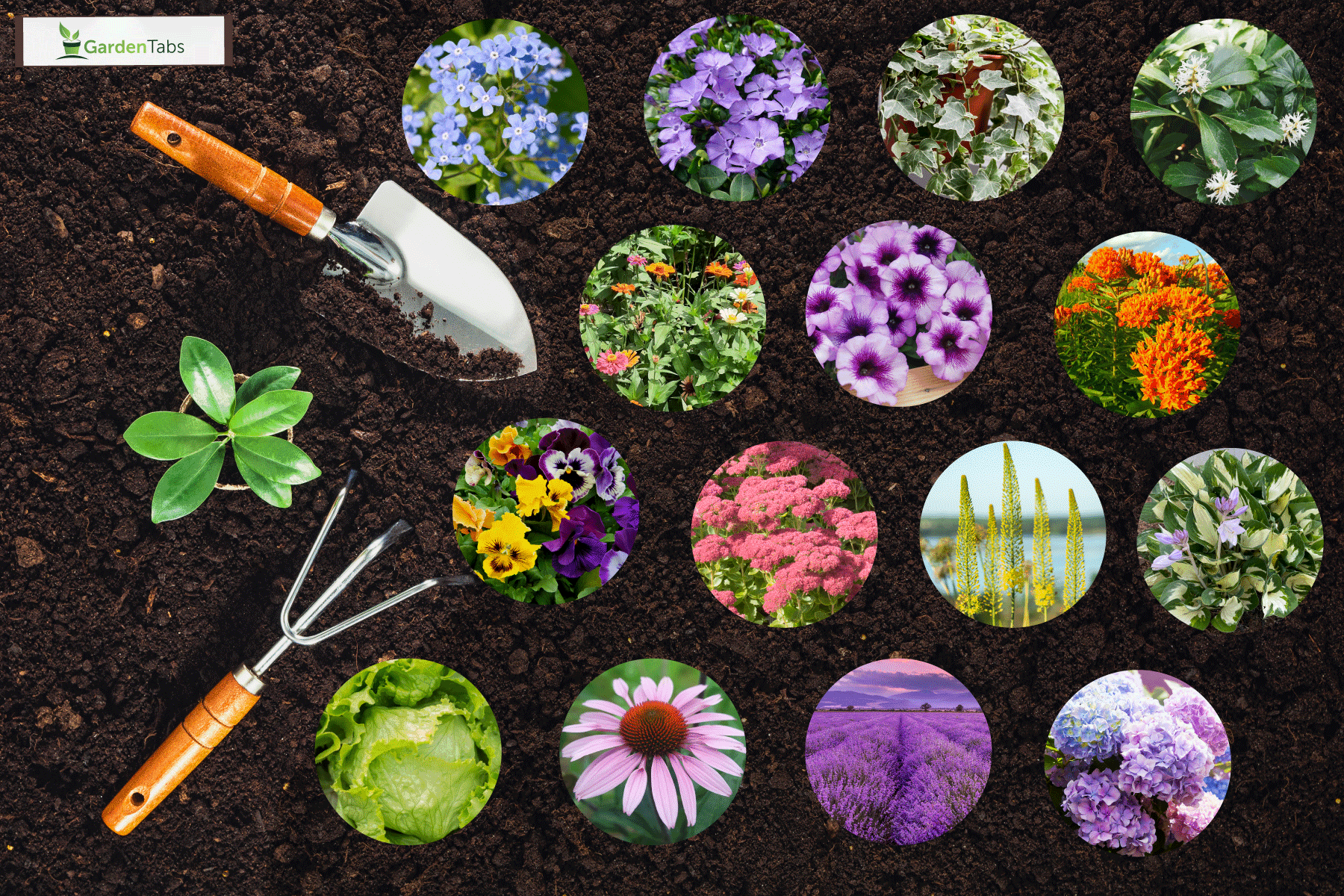
In this article, we have listed 15 plants that are well-suited for shallow soil and full sun exposure.
These selections are not only hardy and adaptable but also visually appealing, making them excellent choices for your garden.
Understanding Soil Depth: Shallow Soil
In gardening, soil depth is a vital factor affecting plant growth. Shallow soil is typically defined as soil with a depth of about 10 to 20 inches or less.
Here we will discuss the advantages and disadvantages of shallow soil, and how certain plants can thrive in such conditions, particularly in full sun.
Advantages of Shallow Soil
Shallow soil warms up faster in the spring, which is beneficial for early plant growth, especially for plants that require full sun.
It is easier to work with as it requires less digging and preparation compared to deeper soil.
Shallow soils also drain water more efficiently, reducing the risk of waterlogging, which is beneficial for drought-tolerant plants.
Disadvantages of Shallow Soil
Shallow soil may lack essential nutrients for plant growth, requiring gardeners to fertilize more frequently.
It tends to retain less moisture, which can be problematic during dry periods.
The limited depth can restrict root growth, affecting the plant’s growth and stability.
Soil Depth
The effective soil depth for plant growth refers to the vertical distance from the soil surface to a barrier layer like rock or heavy clay that hinders root growth.
The terms used to denote soil depth are:
- Very Shallow: less than 10 inches to barrier layer.
- Shallow: 10 to 20 inches to barrier layer.
- Moderately Deep: 20 to 36 inches to barrier layer.
- Deep: 36 to 60 inches to barrier layer.
- Very Deep: 60 inches or more to barrier layer.
Deep, well-drained soils with good texture and structure are ideal for most plants as they hold more nutrients and water.
Soil depth affects crop yield, especially in annual crops grown with minimal irrigation.
Shallow soils offer less mechanical support for plants, making them prone to wind damage, especially trees.
Therefore, it is important to choose the right kind of plants if you're planning to create a garden in shallow soil.
Plants That Grow In Shallow Soil
If you're searching for plants that can grow in shallow soil for your garden, these plants offer an opportunity to maintain a beautiful and thriving garden in less than ideal soil conditions.
1. Lavender
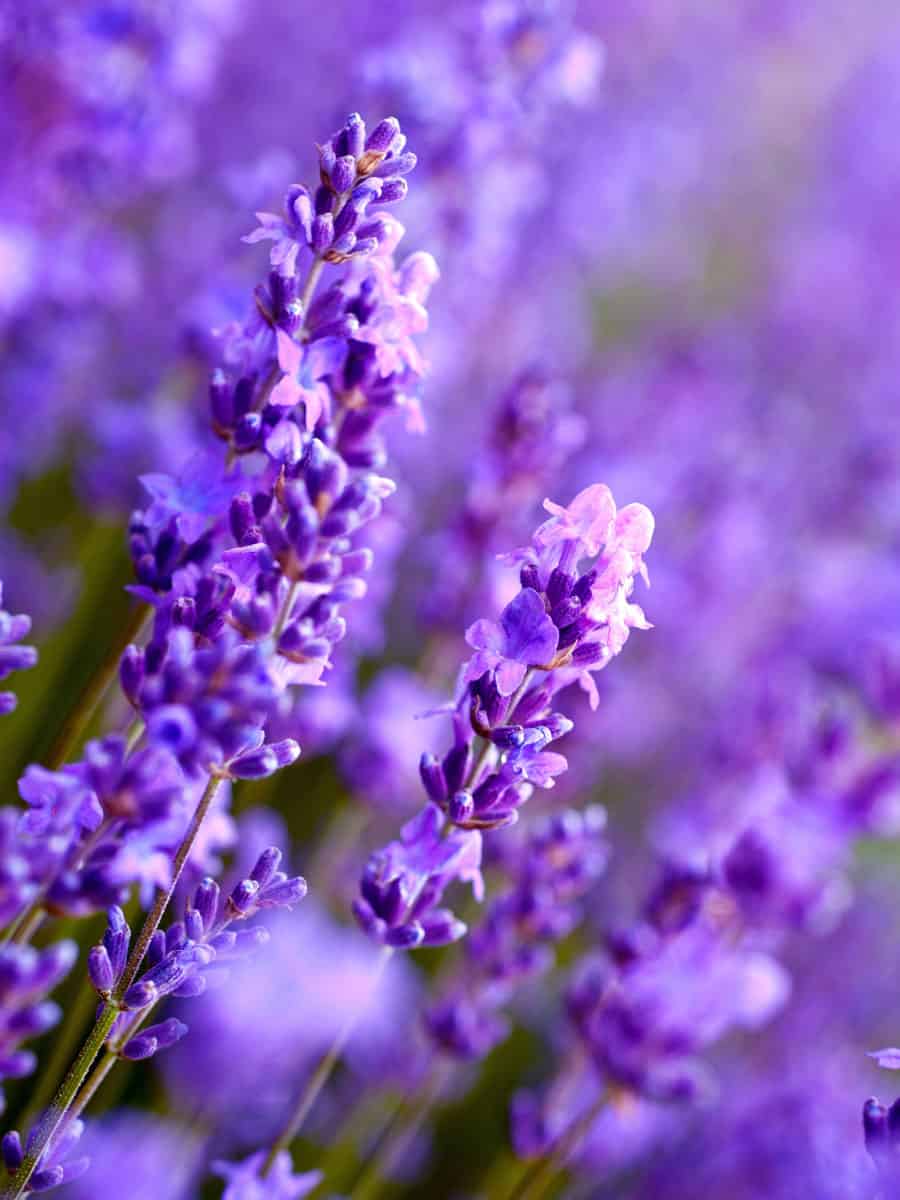
Lavenders grow in the Mediterranean region, which is rich in calcareous soil.
This plant can grow in sandy or gravel soil with 6.5 to 8.0 alkaline pH. You can grow lavenders in fast-draining soil beds or pots.
This plant loves the sun, needs little water, and grows well in drought conditions. Lavender grows up to 3 feet tall, perfect for landscaping.
Its root system has a shallow depth spread of 8 to 10 inches so it will thrive perfectly in shallow soil.
Read more here: Does Lavender Have Invasive Roots?
2. Lettuce
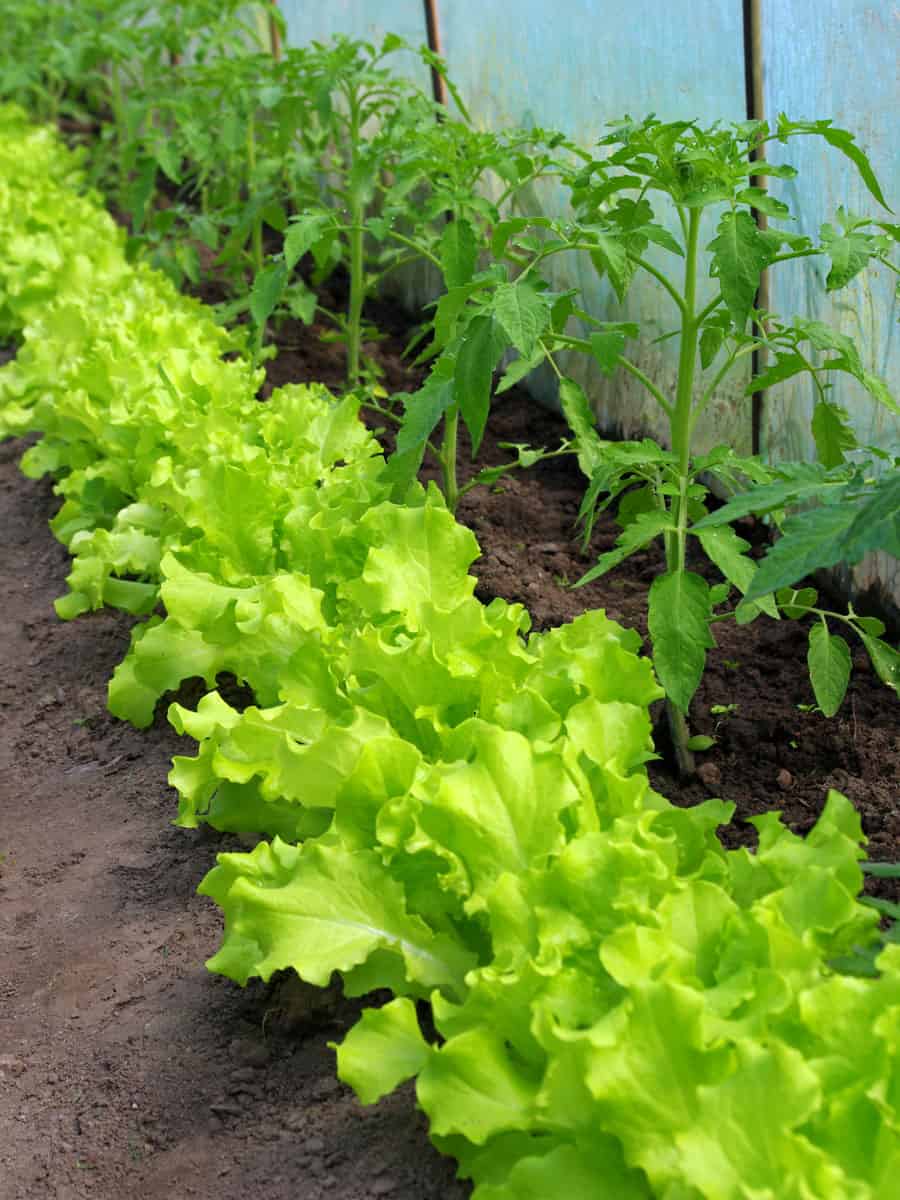
Lettuce has fibrous roots so it can grow in shallow soil and container. This vegetable doesn't need deep topsoil to flourish.
If you plan to use lettuce in a pot or container, choose potting soil to plant it. Ensure that the pot or container has ample drainage holes.
Lettuce can grow in soil or pots that are only 4 to 6 inches deep so it's ideal for container gardening.
Read more here: How Is Lettuce Harvested? A Quick Guide To The Process
3. Foxtail Lilies

Foxtail Lilies can grow in well-drained sandy soil and under direct sunlight, which is perfect for landscaping your garden.
Though Foxtail Lilies can survive shallow soil, they still need adequate water during the growing seasons and do leave the soil dry out too much.
Also, feed your Foxtail Lilies with fertilizer or manure to grow healthy.
The tubers of Foxtail Lilies should be planted at least 4 inches deep into the ground with 2 to 3 feet of space between each tuber.
4. Periwinkle
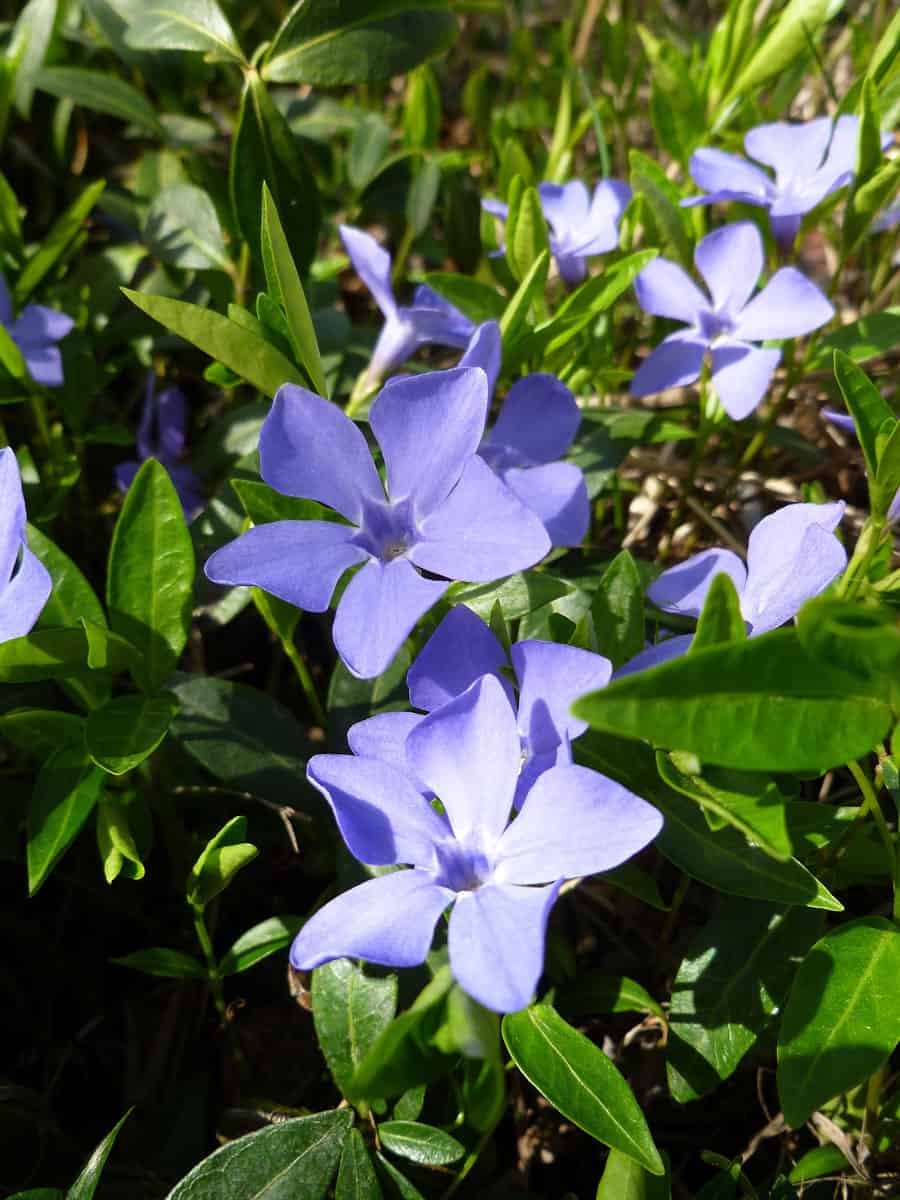
Periwinkle is a ground-covering plant, often seen creeping along banks and hills, which is why it is called creeping vinca or creeping myrtle.
This plant requires mild calcareous pH to faint acidic. Periwinkle likes well-drained sandy and loamy soil.
Its blue flowers bloom best under direct sunlight but can also grow in partial shade.
To plant Periwinkle tubers, dig the soil to about 10 to 12 inches deep and place the tubers in with 1 to 2 feet apart between each tuber.
5. Portulaca (Portulaca grandiflora)
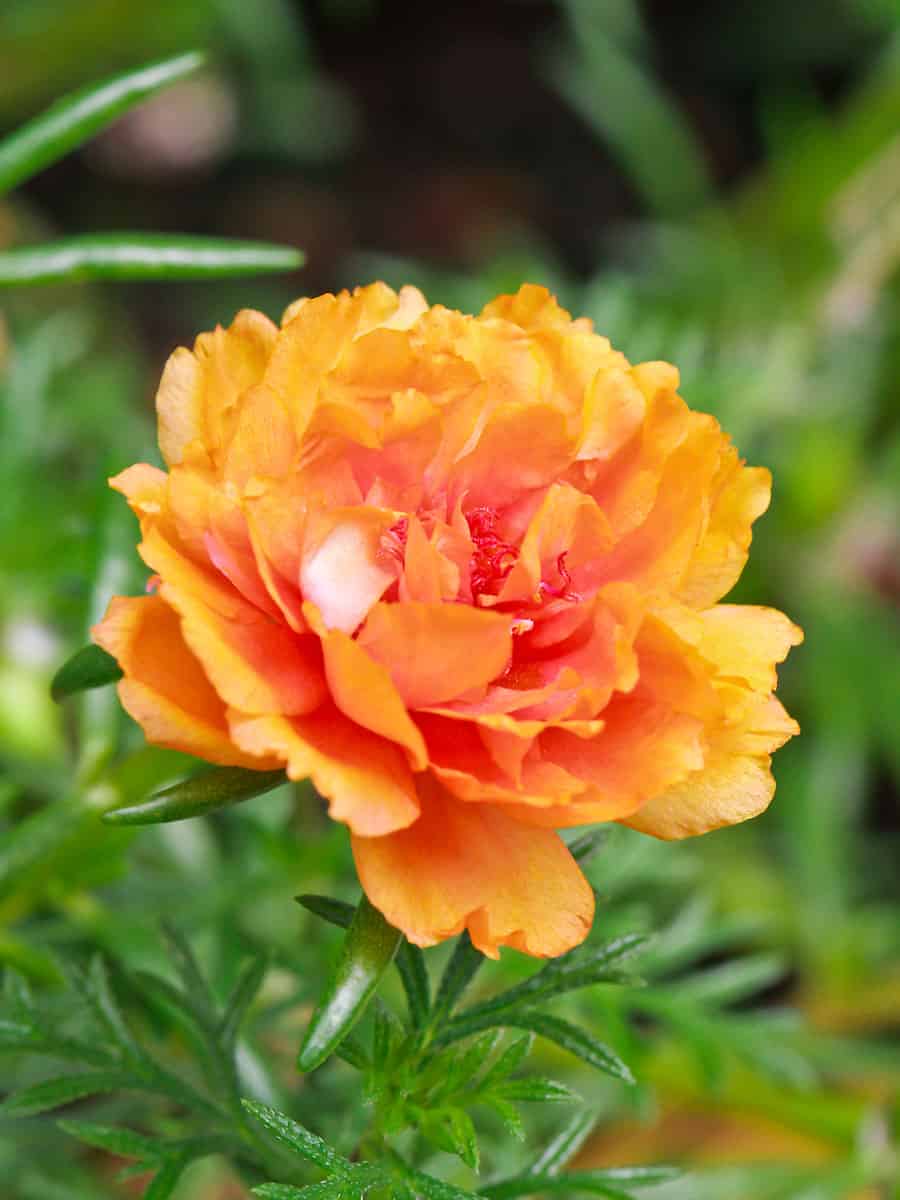
Portulaca grandiflora, commonly known as Moss Rose, is a hardy, low-growing annual plant native to South America, particularly hot and dry plains in Argentina, southern Brazil, and Uruguay.
Known for its ease of growth and vibrant summer blooms that come in a variety of colors including pink, yellow, and white, it's a favorite among gardeners for brightening sunny garden spaces.
Portulaca grandiflora is a versatile and resilient plant that can flourish in shallow soil conditions and full sun, providing a visually striking addition to your garden with minimal fuss.
Read more here: What To Plant With Portulaca In A Container: Pairing Secrets From The Pros
6. Autumn Joy Sedum
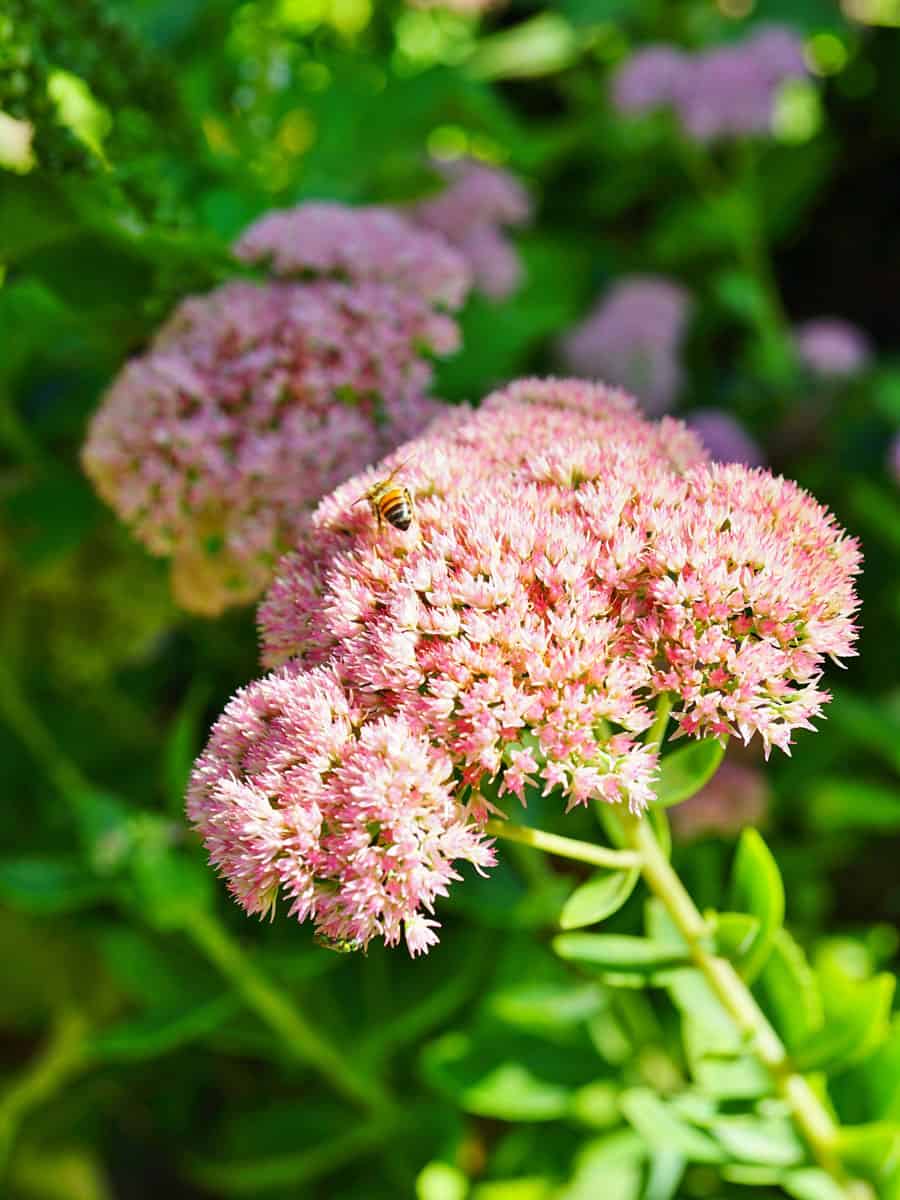
Autumn Joy Sedum produces nectar that attracts bees and other insects. Its stem and leaves are also edible for humans.
Autumn Joy Sedum is drought tolerant and can grow in well-drained soil under direct sunlight.
Its roots can do not grow deep and can thrive in shallow soil, which means it can also be grown in containers.
7. Petunia
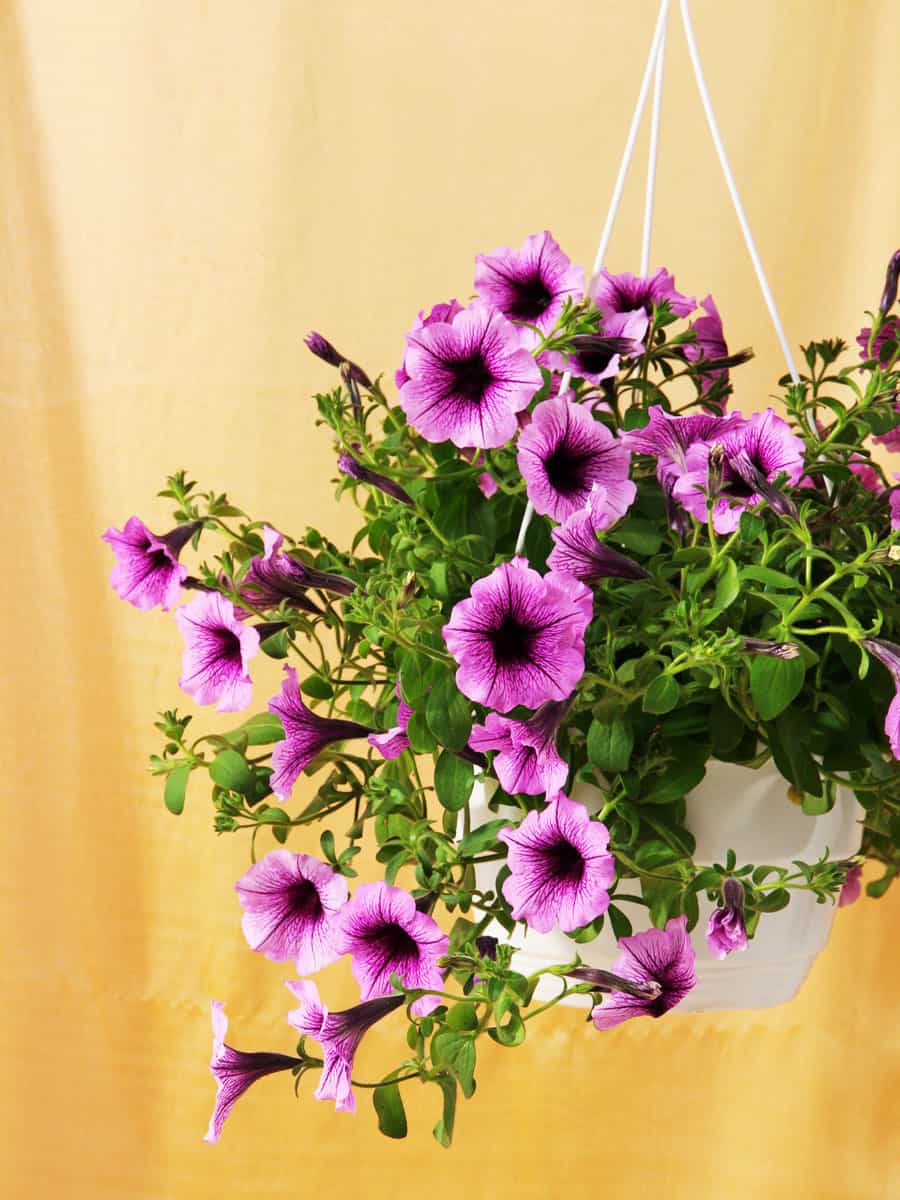
Petunia has shallow roots and loves moist soil. Its roots dry out fast so adequate watering is necessary to keep them alive.
This plant requires well-drained soil, and excessive water can cause root rot.
You can plant Petunia in soil beds or containers and place them under direct sunlight.
Read more: 25 Pink And Purple Petunia Varieties For Your Garden
8. Brunnera Macrophylla
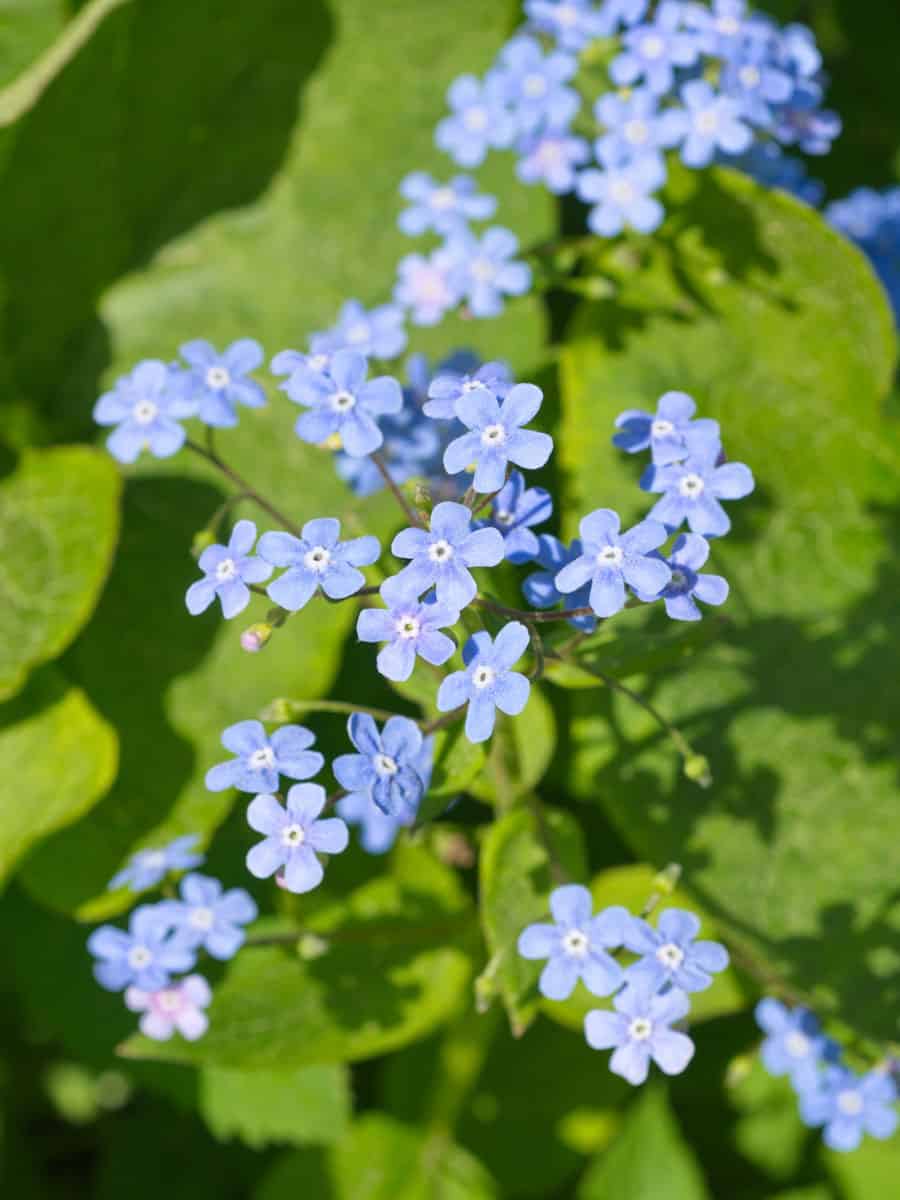
The Brunnera Macrophylla is a shallow-rooted rhizomatous perennial which is slow-spreading, and native to woodlands.
Its heart-shaped leaves and spring flowers offer captivating scenery to gardens.
There are several species of Macrophylla, and the flower colors differ from blue, white, and light blue.
The Brunnera has blue flower color that blooms in spring. This plant can adapt to any soil conditions and requires direct sunlight.
9. Pachysandra

Pachysandra is perfect for landscaping because it covers the ground with its thick bush and lovely small flowers.
Its flowers have an intense smell like flowery mothballs. This plant can survive in any soil conditions as long as well-drained.
Pachysandra can grow up to 12 inches tall and is best to be planted in containers or flower beds.
10. Pansy
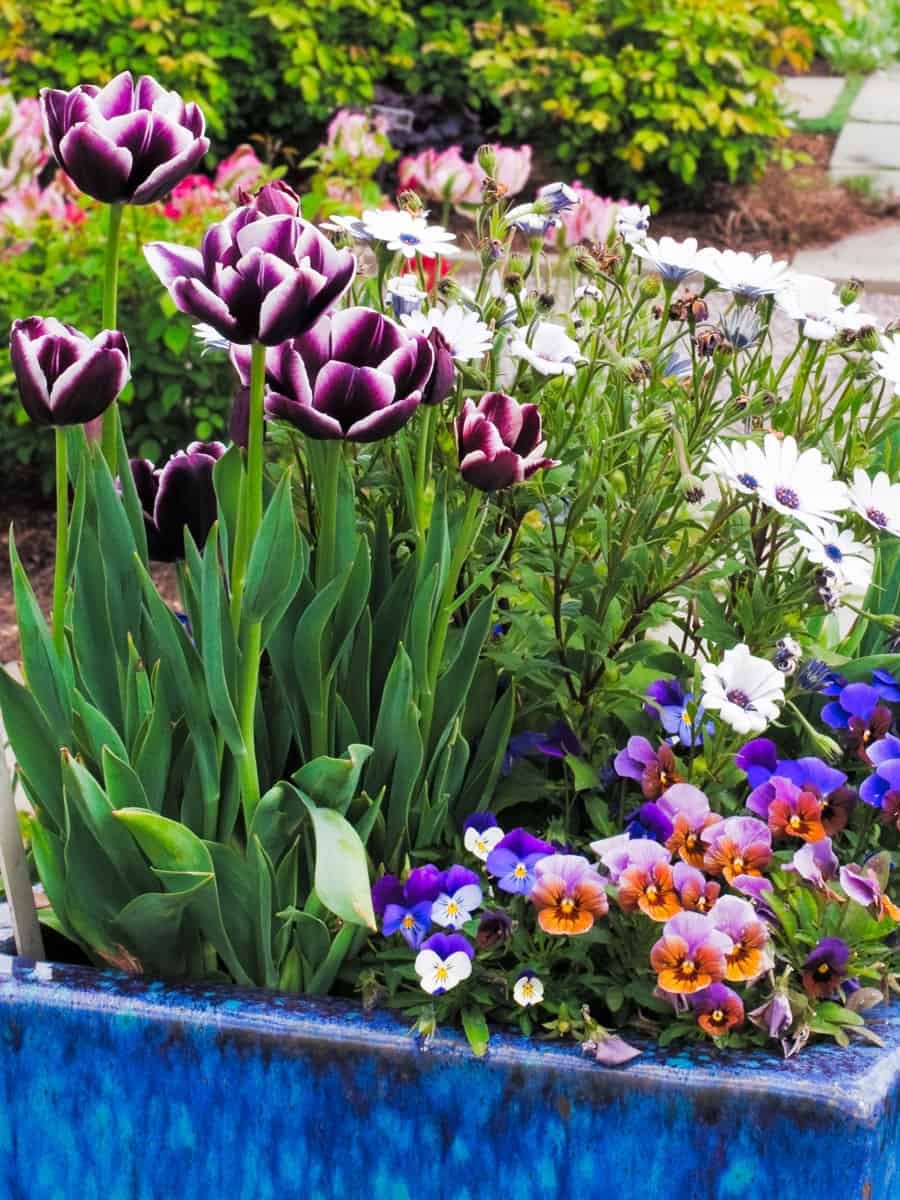
Pansies have a variety of colors: yellow, white, red, blue, orange, pink, purple, red, bronze, and lavender.
Some pansies have one color, while some have multi colors. These beautiful flowers are perfect for landscaping.
Pansies can grow in any soil conditions, but they prefer a well-drained acidic soil with 5.4 to 5.8 pH.
11. Hosta
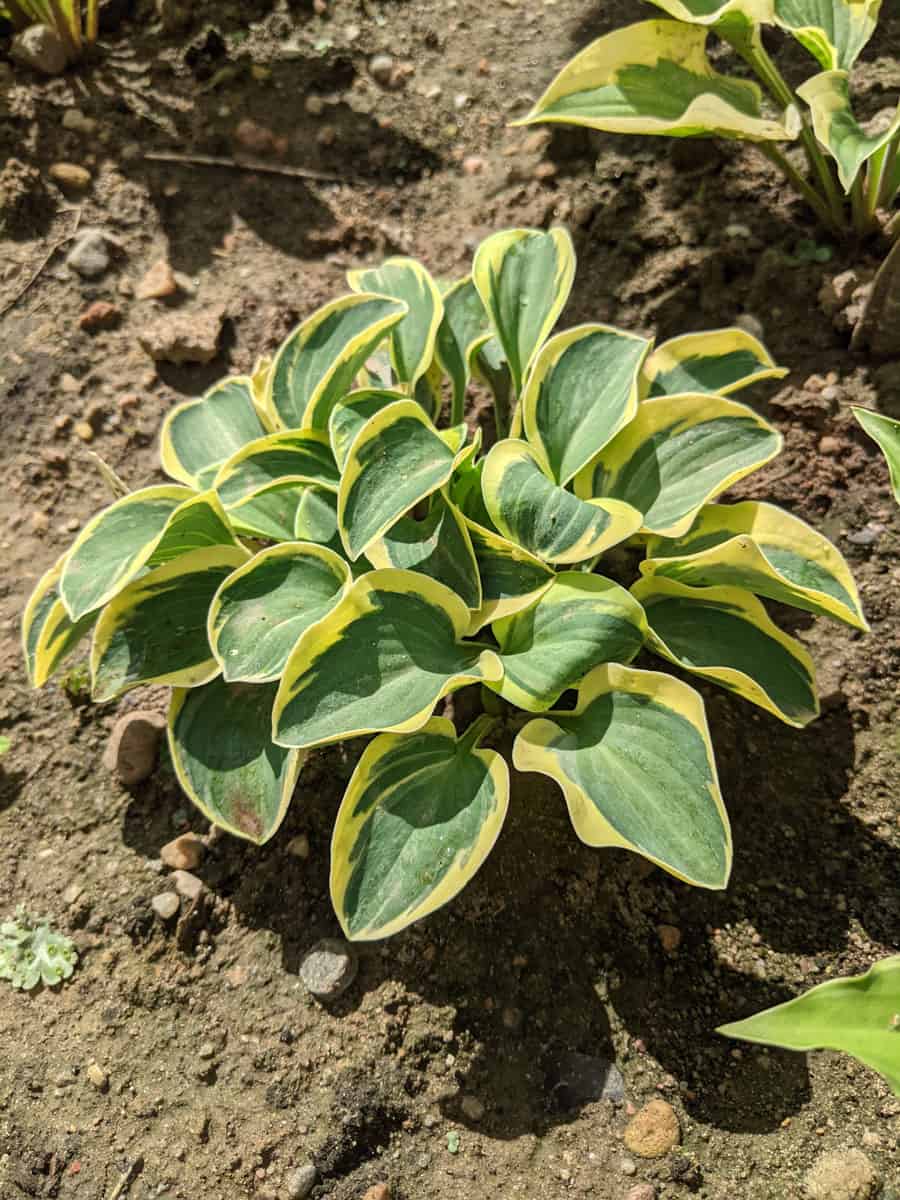
Hostas have a lot of varieties. Since they are perennial, therefore they can grow in any soil condition.
They can be planted in sandy or clay soil, although they prefer moist, well-drained soil with organic matter.
Hostas can grow in just one shovel deep of soil but when planted on the ground, their roots can extend.
12. Zinnia
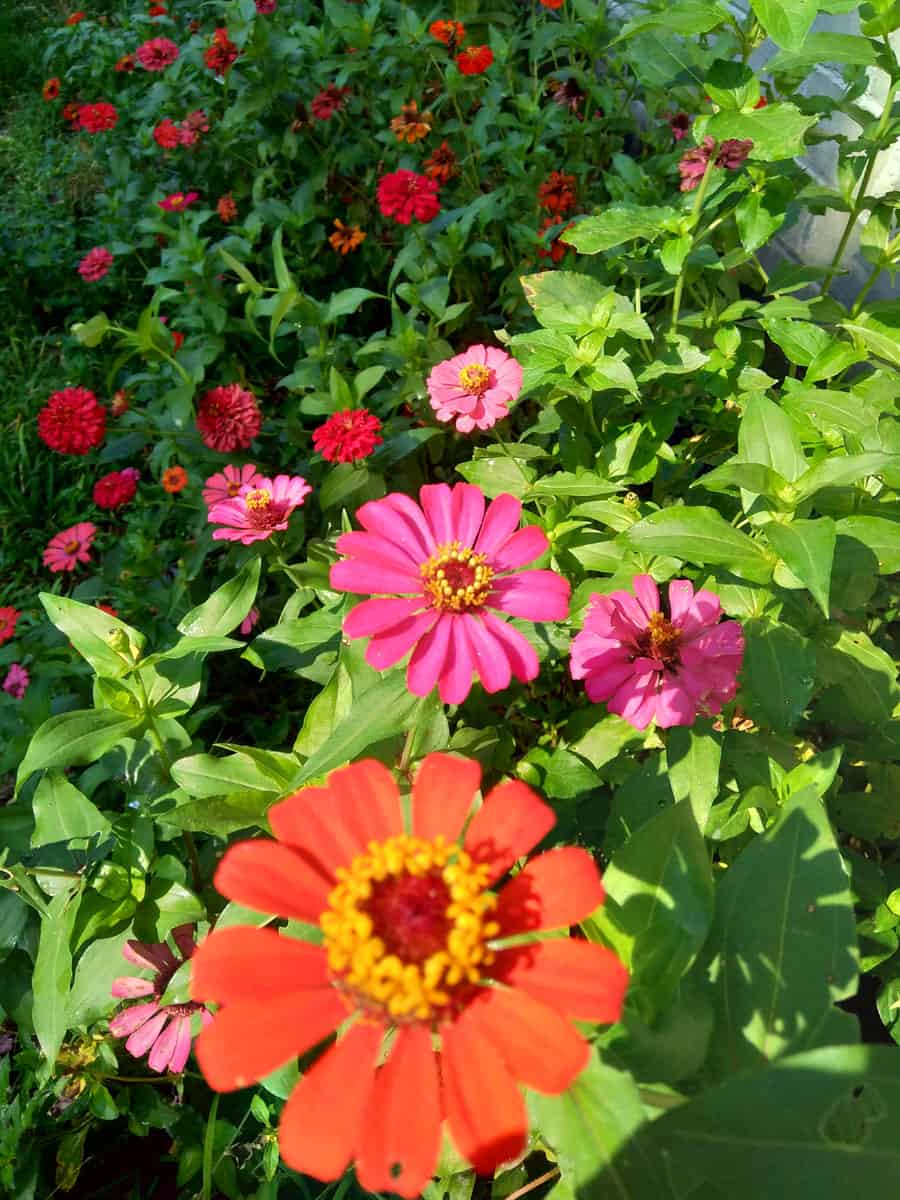
If you want to splash your garden with bright, colorful flowers, Zinnias are what you are looking for. These flowers come in different colors: white, pink, and red.
Zinnias require full sun and can grow in any soil condition, though they grow taller if the soil is richer.
Zinnias can thrive in shallow soil and will grow their roots within the top 12 inches of the ground.
13. English Ivy
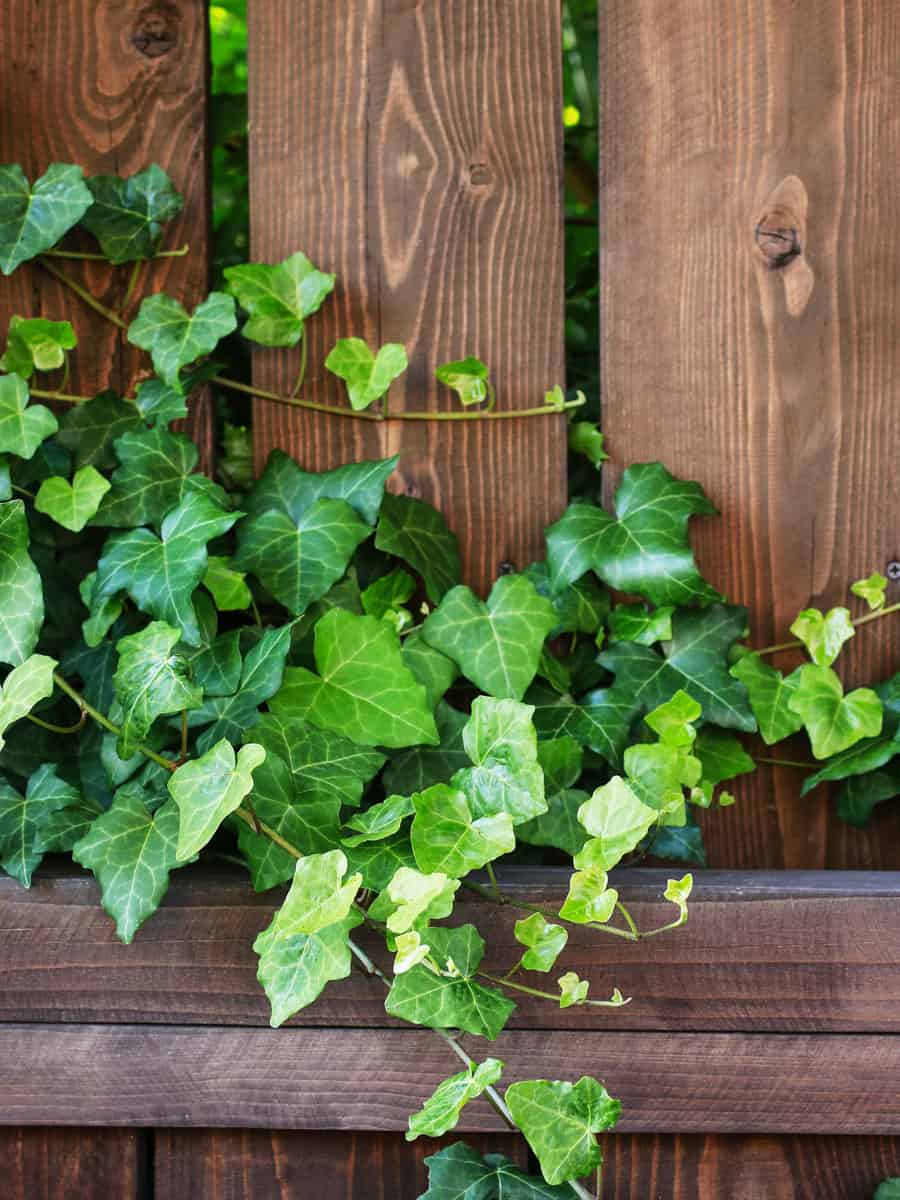
English Ivy has dark, green leaves and white veins that felt waxy and a little leathery.
It loves the sun and shade, and can grow in well-drained, medium-moist soil.
There are several varieties of English Ivy: Golden Child, Ivalance, Glacier, Anne Marie, Needlepoint, and many more.
English Ivies have two beneficial characteristics: medicinal purposes and air purifiers. One of the best plants to keep in your garden.
14. Hydrangea
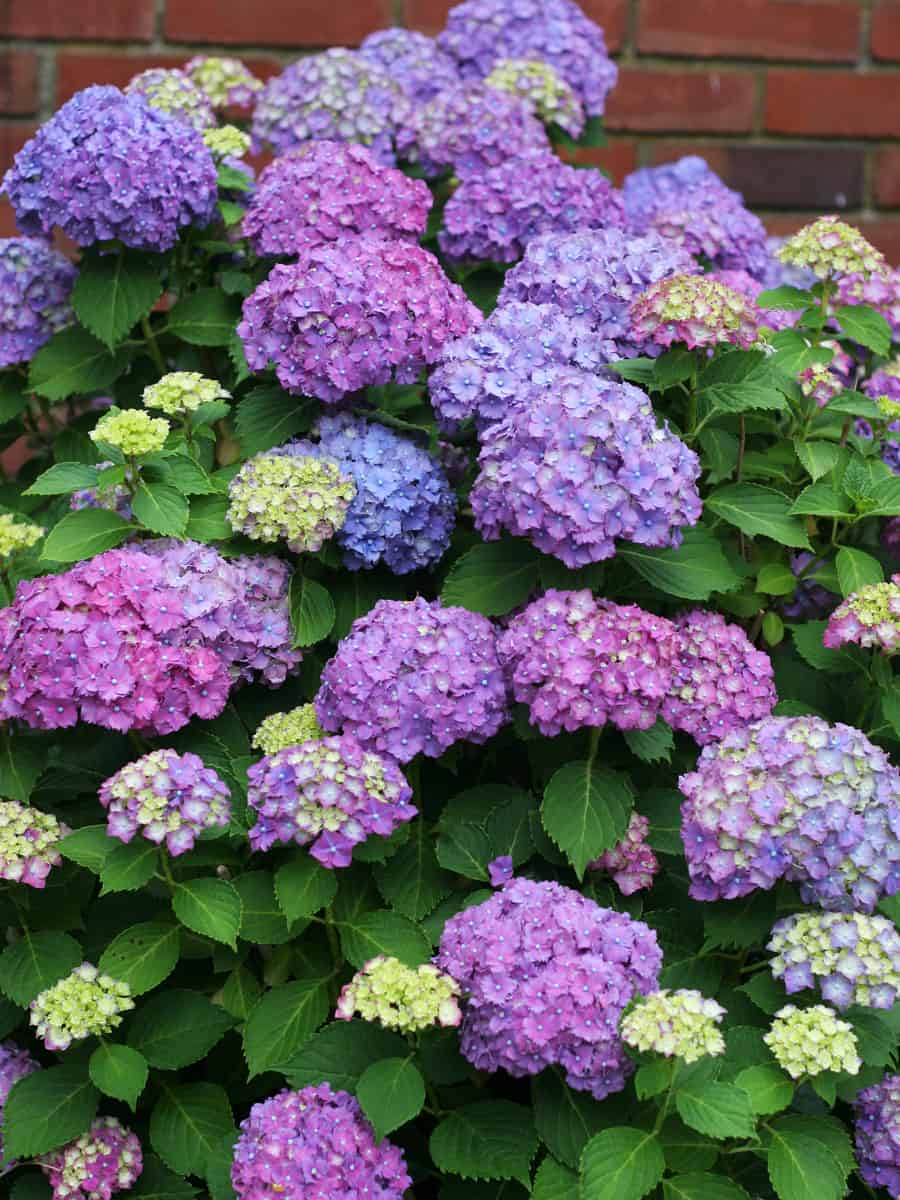
Hydrangeas are beautiful flowers in different colors: blue, pink, lilac, and violet which all bloom in spring and summer.
These lovely flowers add aesthetics and colors to your garden. They can survive in shallow soil in consistent moisture under full sun.
Their root systems usually grow within 6 inches of the top soil but it can extend up to 12 inches.
15. Thyme
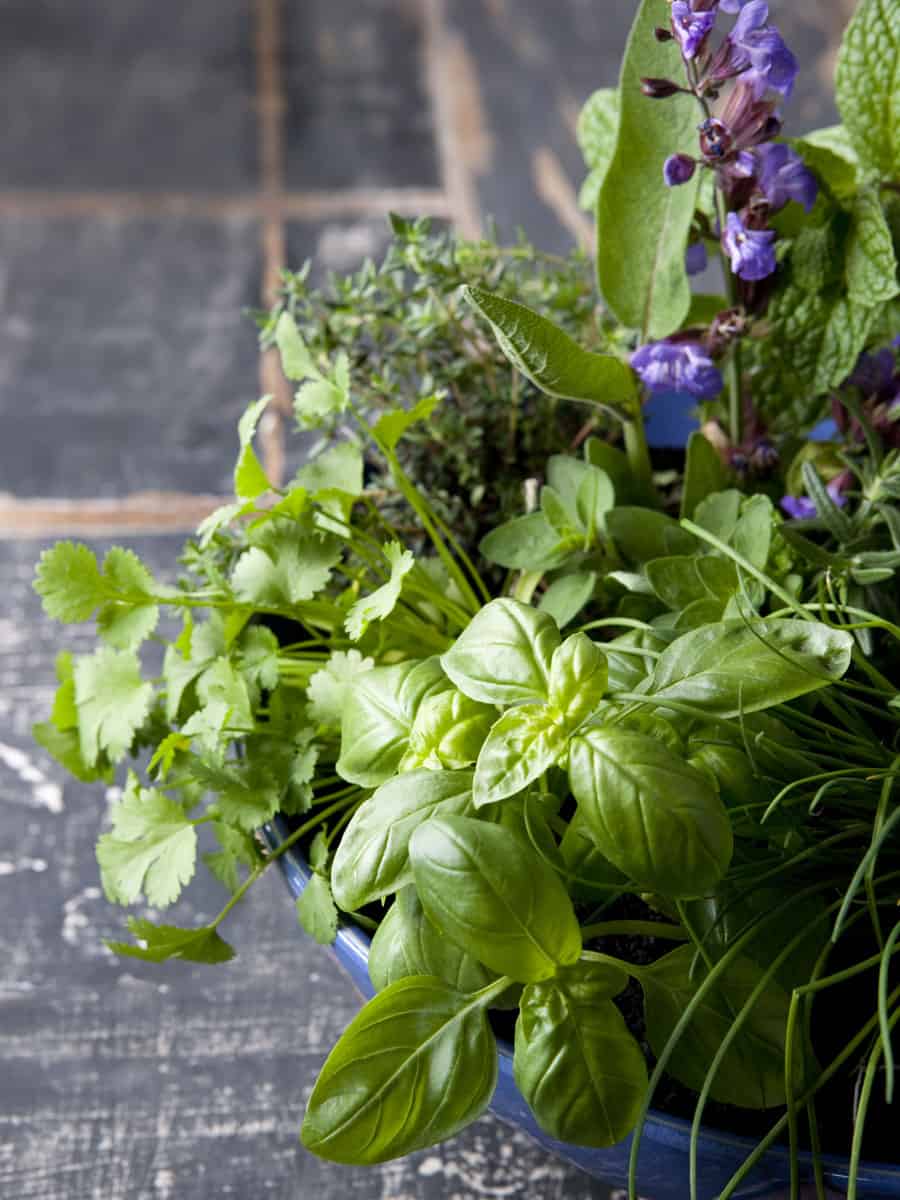
Thyme is a robust herb that performs well in shallow, well-draining soil. It's also drought-tolerant, making it an excellent choice for such conditions.
As with most herbs, it grows very shallow roots. Don't try to plant it deeper in the soil to prevent root rot.
What Are The Types Of Soil?
We have listed the types of soil to fully understand soil structure and how they differ.
Sandy Soil
This soil needs several organic blends to make plants grow. Sandy soil requires mulching to hold moisture.
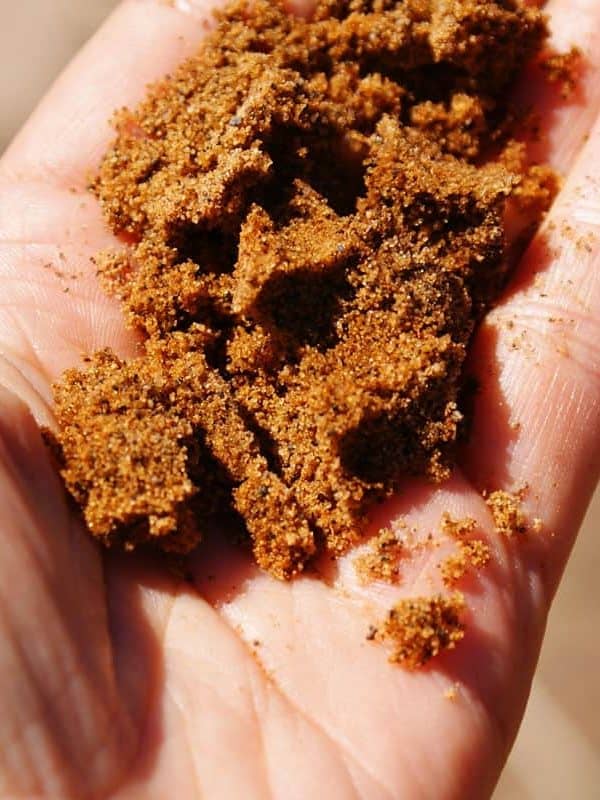
Clay Soil
This soil has nutrients, though it holds the water too much because of tiny particles.
It becomes sticky that the top soil or the base of the plant will flood. You need to take care of the drainage to avoid overwatering.
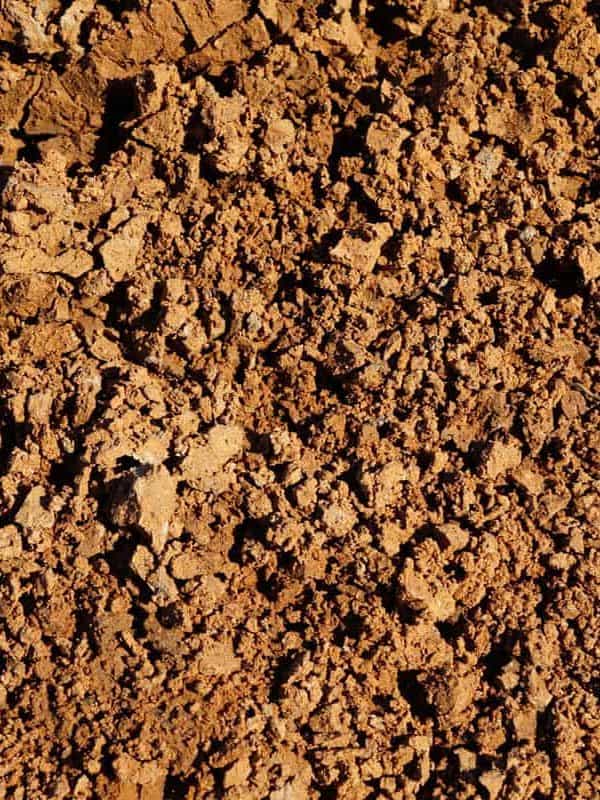
Silty Soil
This type of foil becomes mud once wet. You must add organic matter to make it fertile and improve the draining capacity.
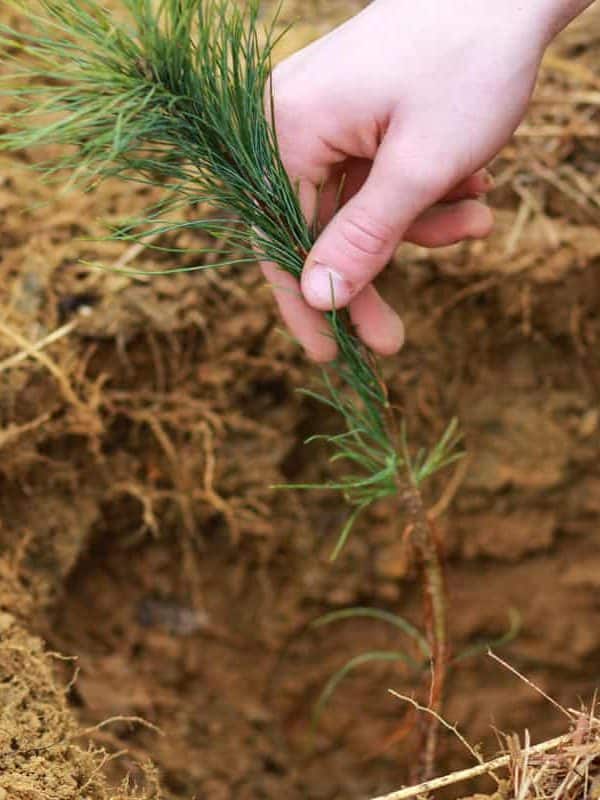
Peaty Soil
This soil is acidic, which some plants love like Azalea, Bleeding Hearts, Camellia, and Heather. Add lime and organic matter for additional benefits to plants.
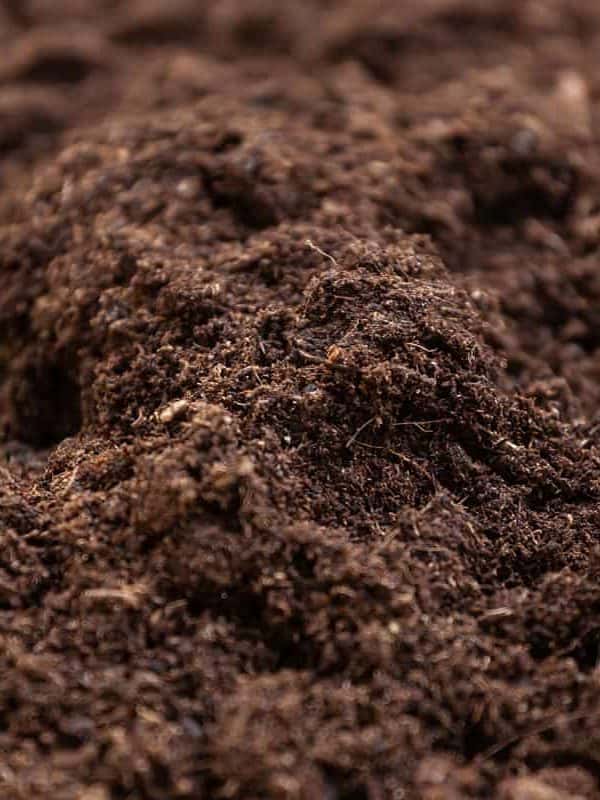
Chalky Soil
It is mostly comprised of calcium carbonate. It is stony, shallow, and dries quickly. The alkaline level of this soil is from 7.1 to 10 pH.
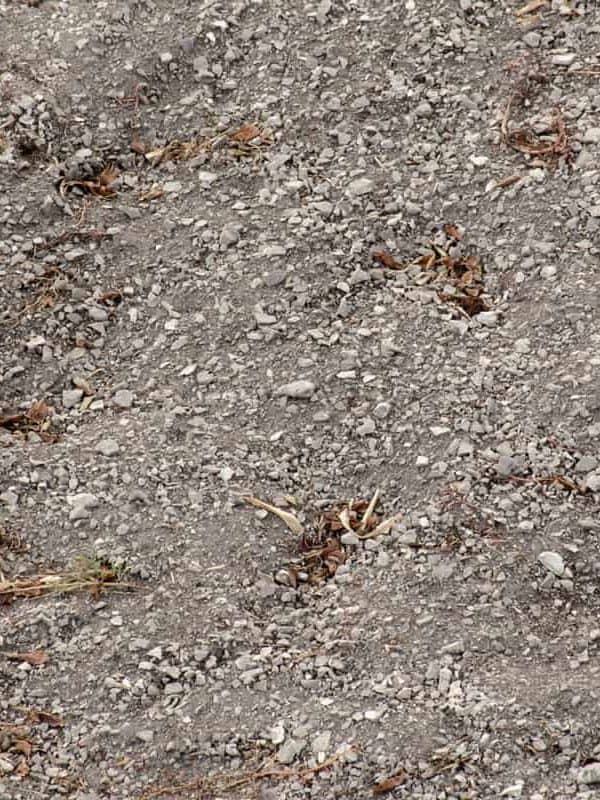
Loamy Soil
This soil is also acidic and needs a gradual mix with organic matter. This works best for garden and potted plants.
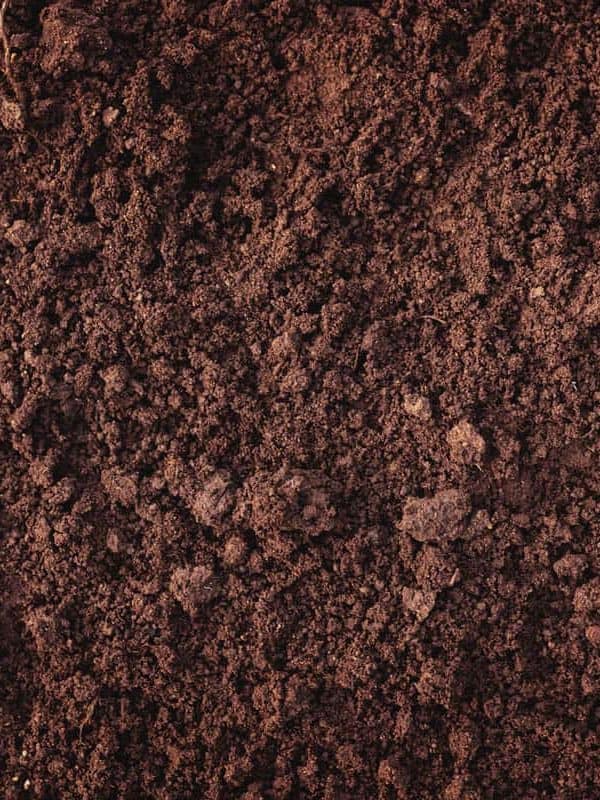
Create a Thriving Garden In Shallow Soil
Some plants can live in poor-quality soil, but they still need nutrients to grow healthy.
Low-quality, shallow, or compacted soil could be an issue, but there is a workaround to make that soil inhabitable for plants to survive.
Potting mix, fertilizer, peat moss, and other supplements can improve the soil quality you have in your garden.
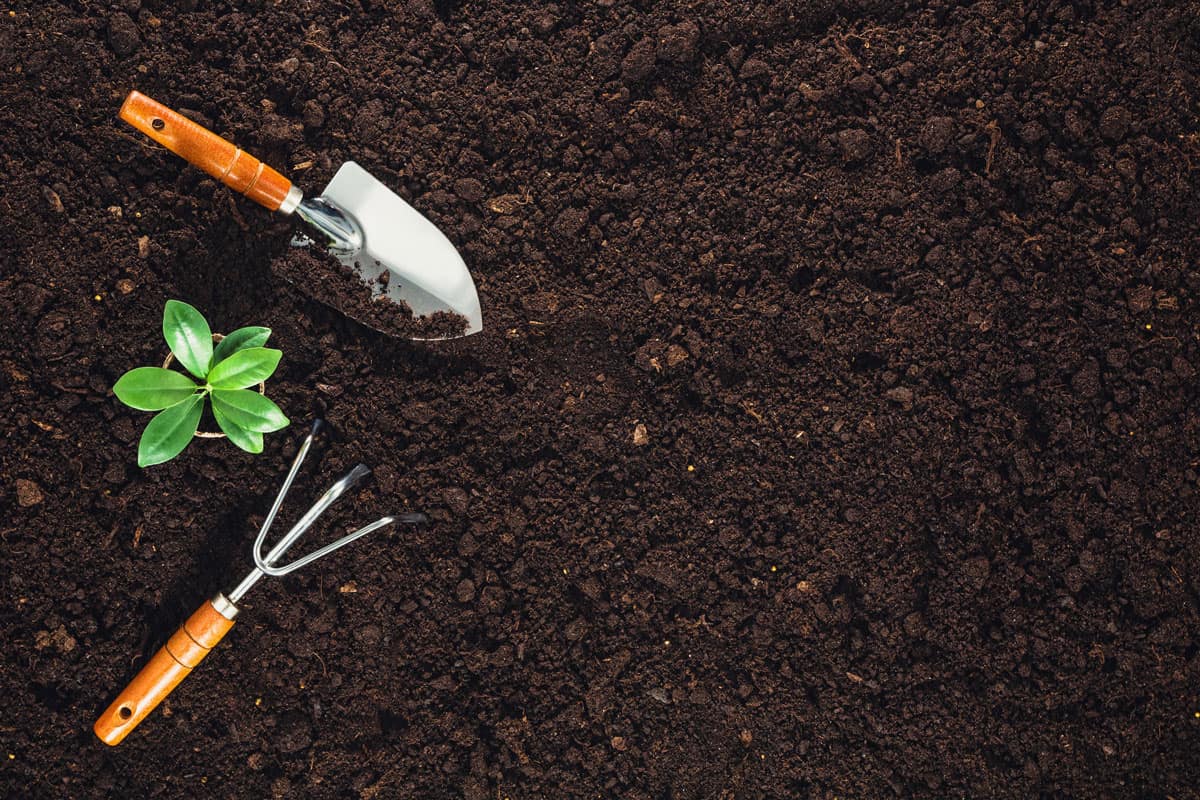
As a rundown, here again are the 15 plants you can grow in shallow soil and loves the sun:
- Lavender
- Lettuce
- Foxtail Lily
- Periwinkle
- Portulaca
- Autumn Joy Sedum
- Petunia
- Brunnera Macrophylla
- Pachysandra
- Pansy
- Hosta
- Zinnia
- English Ivy
- Hydrangea
- Thyme
If you want to know more about soil, plants, and other gardening tips, read here:

Hi. I will be using a w/c access bed with only 5 inches of dirt. Shd I just get seeds and plant now or wait till mothers day for green plants? I’m in SE Michigan.
Thanks in advance for your reply.